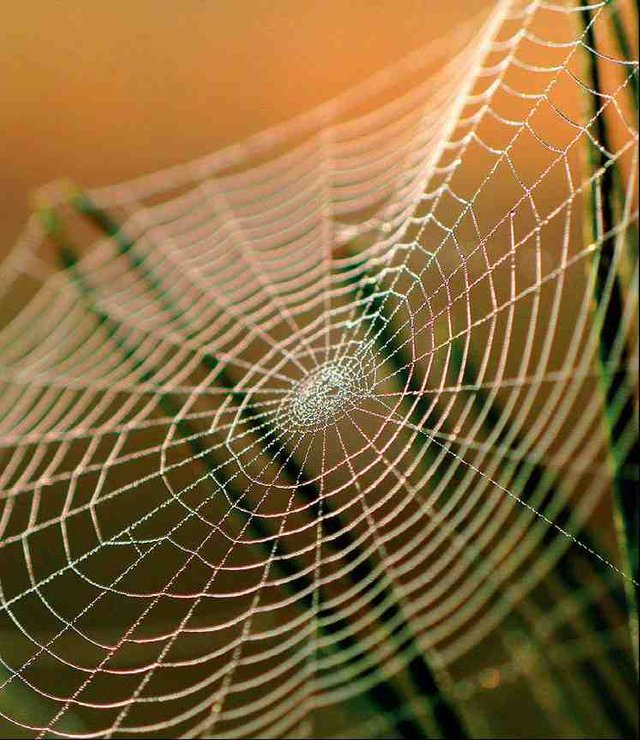
Parachutes could one day soon be made out of spider webs, according to researchers in Italy and the UK.
The silk spun by spiders combines great strength with lightness and flexibility, as any flying insect will testify, but scaling those qualities up to where webs can hold humans has until recently seemed fanciful.
Now, however, scientists led by Nicola Pugno at Italy's University of Trento have succeeded in combining spider silk with graphene and carbon nanotubes, producing a composite material five times stronger.
Remarkably, the composite is produced by the spider itself, after first drinking water containing the nanotubes.
The ingenious construction method takes advantage of metabolic processes already active in the arachnids.
"We already know that there are biominerals present in in the protein matrices and hard tissues of insects, which gives them high strength and hardness in their jaws, mandibles and teeth, for example," said Pugno.
"So our study looked at whether spider silk's properties could be 'enhanced' by artificially incorporating various different nanomaterials into the silk's biological protein structures."
Although, only produced so far on a small proof-of-concept scale, testing reveals the beefed-up silk to be one of the strongest materials on earth – equal to pure carbon fibres, or, in the natural world, to the "teeth" that enable limpets to adhere to rocks.
"It is among the best spun polymer fibres in terms of tensile strength, ultimate strain, and especially toughness, even when compared to synthetic fibres such as Kevlar," said Pugno.
Further testing and refinement is still required, but the work of Pugno and her colleagues raises the possibility of millions of spiders housed in batteries, fed nano-tube cordial, and used to provide tonnes of enhanced silk.
"Furthermore," adds Pugno, "this process of the natural integration of reinforcements in biological structural materials could also be applied to other animals and plants, leading to a new class of 'bionicomposites' for innovative applications."
The research was published in the journal 2D Materials.
Article from:
http://www.smh.com.au/technology/sci-tech/nanotech-super-spiderwebs-are-here-20170822-gy1blp.html